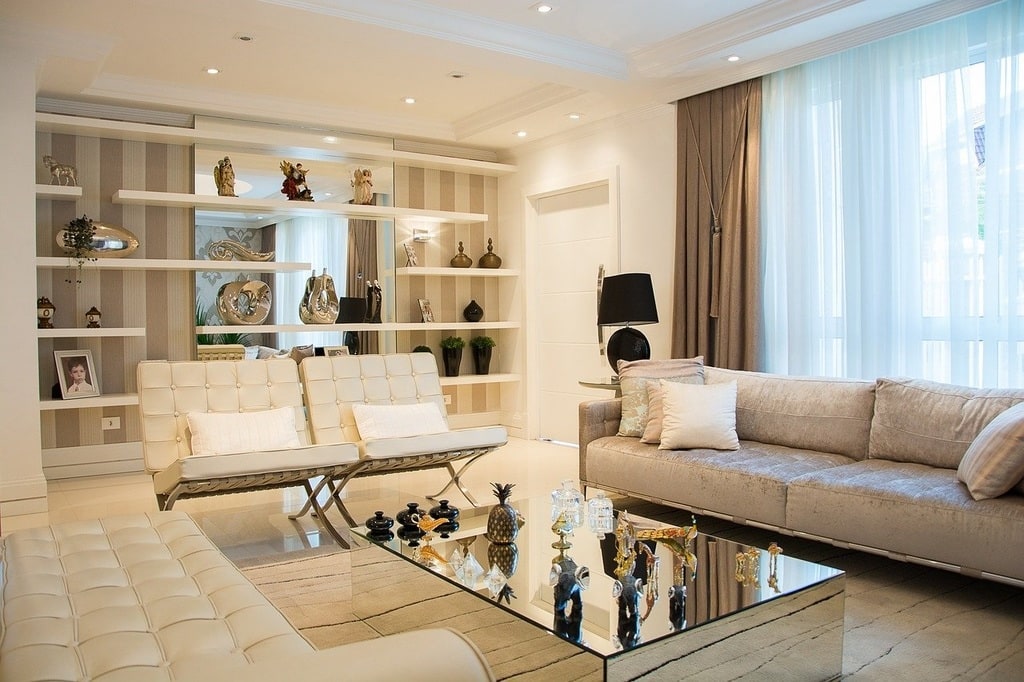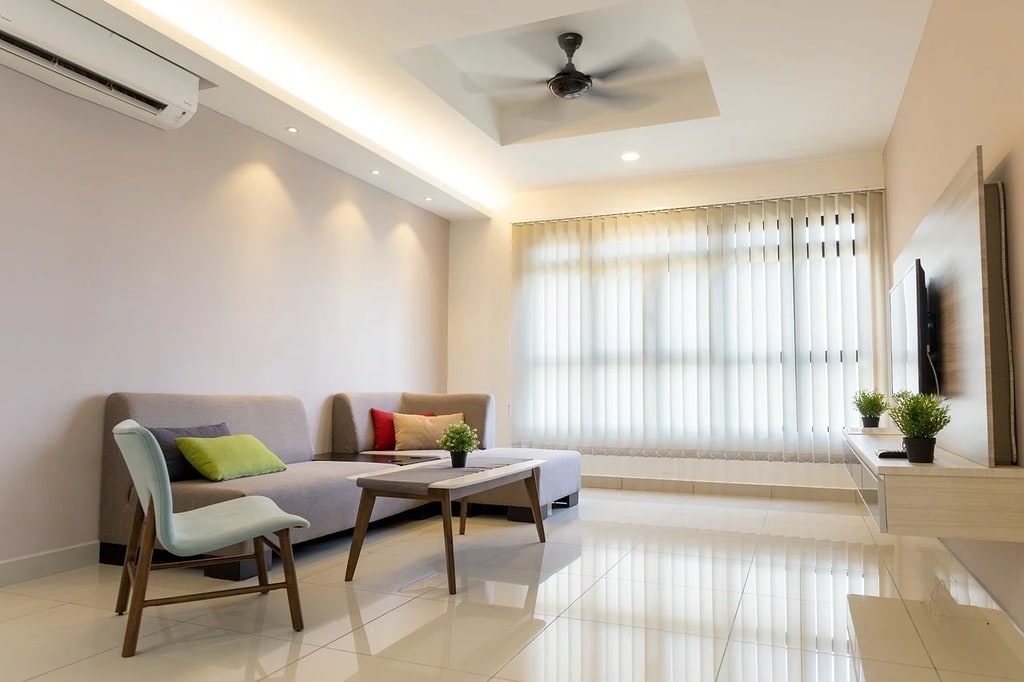How light transforms a room
In the realm of interior design, one of the most transformative elements is light. Often overlooked, the way light interacts with a room can significantly alter its ambiance, mood, and even perceived size. Whether natural or artificial, light can highlight architectural features, create focal points, or provide a soothing atmosphere conducive to relaxation. The magic of light lies in its ability to morph spaces, making them feel larger, warmer, or more inviting.
The Power of Light in Room Transformation
The first step in understanding how light changes a room is recognizing its power. Light can affect everything from the color of the walls to the overall mood of the space. A well-lit room can appear open and airy, while a poorly lit one may feel cramped and cold. The use of light as a design tool can help accentuate the desired features of a room while minimizing less appealing aspects. Proper lighting can make a small room feel larger and a large room feel more intimate.
Natural light, in particular, can have profound effects on a room’s atmosphere. Sunlight streaming through windows can warm up a space and bring out the true colors of furniture and decor. It creates dynamic shadows that change throughout the day, adding visual interest. On the other hand, artificial lighting offers the ability to control the intensity and direction of light, allowing for a more tailored ambiance.

Types of Lighting and Their Effects
Understanding the different types of lighting is key to transforming a room effectively. Ambient lighting provides general illumination and sets the overall tone of a room. It’s the foundational layer of light that ensures visibility and safety. Task lighting is more focused and aids in performing specific activities such as reading or cooking. Accent lighting, meanwhile, is used to highlight particular features like artwork or architectural details.
Each type of lighting serves a purpose and when used in combination, they create a harmonious balance. Layering these types of lighting can add depth and dimension to a room. For example, a living room might use ambient lighting from a ceiling fixture, task lighting from a floor lamp for reading, and accent lighting to highlight a decorative object.
Practical Tips for Using Light in Interior Design
When designing with light, there are several practical approaches to consider. These strategies can help optimize the use of both natural and artificial light in any space. Below is a list of tips to consider :
- Maximize natural light by keeping windows clear of obstructions.
- Use mirrors to reflect light and make a space feel larger.
- Choose light colors for walls and furnishings to enhance brightness.
- Incorporate dimmers to adjust the mood and intensity of artificial lighting.
- Place lamps at varying heights to create layers of light.
Incorporating these ideas can significantly change the feel of a room, making it more functional and aesthetically pleasing. The strategic placement of lighting fixtures and the use of reflective surfaces can brighten up even the darkest corners.
Creating an Inviting Atmosphere
Lighting plays a pivotal role in creating an inviting atmosphere. A warm glow from a lamp can transform a sterile room into a cozy haven. Similarly, the use of colored bulbs or shades can introduce a particular mood or theme. Adjusting the intensity of light can also evoke different emotions; for instance, soft, dim lighting can create a romantic or relaxing vibe.
The ability of light to influence mood is remarkable. A well-lit room can energize or soothe, depending on the needs of the occupants. Cultivating the right atmosphere with light encourages comfort and well-being, making any space more enjoyable to inhabit.
Exploring the potential of light in room design opens up endless possibilities. By thoughtfully incorporating different lighting elements, any room can be transformed into a space that reflects individual style while meeting practical needs.
